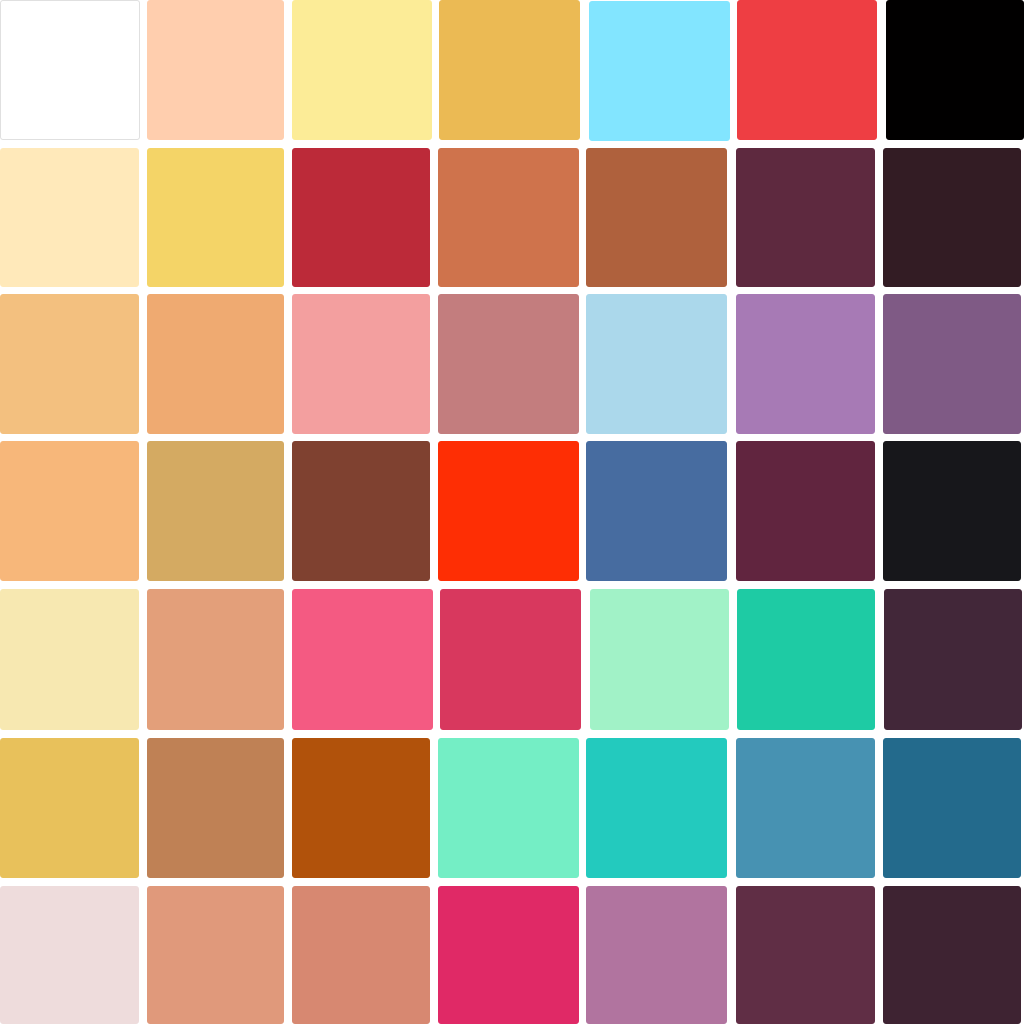Ideas are a dime-a-dozen. Before I started making picture books, I sat on the couch in front of the TV, and while I was watching a show, I’d have ideas. Heaps of ideas, actually. It felt pretty good. At the time, having those ideas was enough. I remember thinking, “Sure, I could draw it if I wanted to, but why bother, I’ve already had the idea.”
Then, I read Art and Fear and realised that it wasn’t that I couldn’t be bothered drawing the idea, it was that I was scared of trying to make the idea (and failing at it) that was preventing me from taking that first step.
And you know what? That first step was hard. Turns out that having the idea is the easy bit. Confronting the fear, poor drawing skills from years of no practice, difficult brushwork, and crumby colouring skills was the tough bit. It still is, six years later.
At first, I started slowly. I had an idea, and then I’d try executing it. But it was never as good as what I could see in my head so I’d give up. Then, I’d wait a week or two, or until I forgot about how crap my last attempt was, and I’d try again.
The second attempt was better, but it was still out of my reach. What I saw in my head wasn’t hitting the page as I wanted it to. After all, I hadn’t drawn anything since high-school. I gave myself a break. I tried again.
After a few weeks, I had a mass of drawings. And while each individual drawing looked just as dodgy as I remembered, a trend emerged. Over the weeks, things had improved. Not everything, just small things. But it was enough. There was enough in those few weeks of drawings to make me want to keep seeing an upward trend. Six years later, the drawings are much better, but so are my skills. The problem, of course, is that my expectations have moved forward also. And that’s the thing with art; your expectations will always be slightly ahead of your ability. If it weren’t that way, we’d stop trying.








